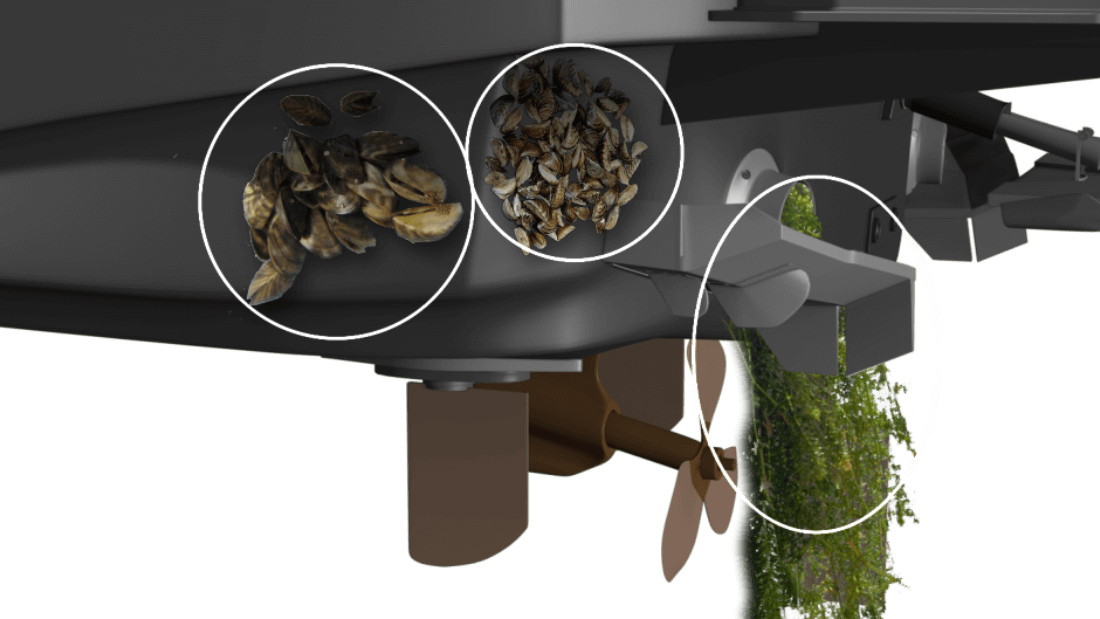Which is an example of an aquatic invasive species?
- Green Crab
- Chinese Mitten Crab
- Clubbed tunicate
- zebra mussels,
- quagga mussels,
- milfoil, and
- hydrilla
Green Crab
Native to Europe and now established on the coast of North America as well as other non-native regions, the Green Crab is sold as fish bait in much of the world. It devours large quantities of prey, including native clams, oysters, mussels and crabs.
Asian Kelp
The Asian Kelp is an invasive alga that is native to Japan, northern China, and Korea. Undaria, which was first found in Southern California and has since spread to San Francisco and Half Moon Bay, most likely came to the California coast by means of hull fouling.
Chinese Mitten Crab
Native to the Pacific Coast of China and Korea, the Mitten Crab was first introduced to the West Coast in 1991, likely by means of ballast water or possibly by intentional releases.
Clubbed tunicate
The Clubbed tunicate is native to Eastern Asia and was first observed on the Pacific Coast in the 1930's. It was most likely introduced on the hulls of ships or with imported oysters (Clarke and Therriault 2007). Because of its hardy nature and ability to withstand salinity and temperature fluctuations, it has established a widespread non-native distribution.
